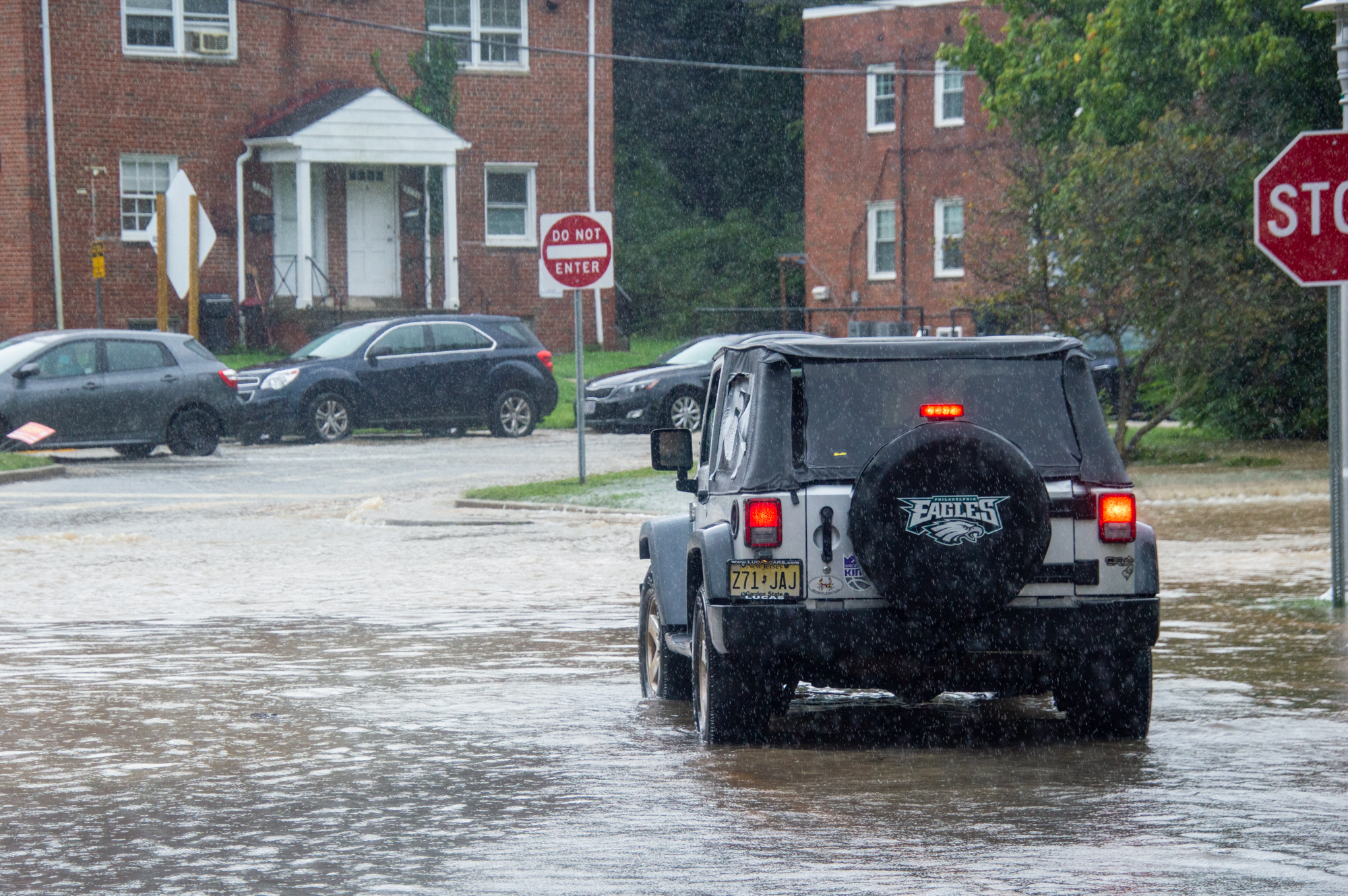Prince George’s County’s first mesonet tower was set up in College Park on Feb. 7 as part of the Maryland Mesonet project, a partnership between the University of Maryland and the Maryland Department of Emergency Management.
A mesonet is a network of weather data monitoring stations used to measure the atmosphere and weather near the ground. This mesonet measures data such as temperature, humidity, rainfall and the amount of sunlight every three seconds, recording the figures online every minute, according to Maryland Mesonet manager James Hyde.
“[The Maryland Mesonet] really has the ability to improve public warning and really give real-time weather data as it’s happening,” said Sara Bender, the Maryland Department of Emergency Management’s director of disaster risk reduction.
The mesonet’s primary purpose is improving weather emergency management, according to the project’s website.
The mesonet tower stations help identify harsh weather conditions in time for the state to respond and provide more accurate detailed information to determine exactly where weather events will occur, according to Matthias Miziorko, a Montgomery County emergency management specialist.
[College Park City Council considers tax credits for affordable housing, blighted properties]
“The mesonet is showing that the University of Maryland and the Atmospheric Science Department is taking weather monitoring and climate change very seriously,” Hyde said.
The data from the mesonets is also shared with the National Weather Service to enhance weather forecasts and improve weather-related warnings for events like floods and tornadoes, according to Joey Krastel, a meteorological hazard analyst.
Six mesonets have been built so far, across several Maryland counties. The team plans to have a total of 75 weather stations put up in the state with approximately three towers per county, according to Hyde.
The idea of mesonets was initially introduced before the COVID-19 pandemic as a joint effort between Miziorko and Krastel. The project officially launched in 2022, with the first mesonet tower installed a year later in Howard County.
[Prince George’s County activists call for permanent cap on rent increases]
“Maryland is the perfect candidate for a system like this,” Krastel said. “We have a diverse state geographically, meteorologically, in all aspects.”
Although Hyde said the team has all necessary equipment, there is no set timeline for all 75 mesonet weather stations to be completely installed — the researchers are still searching for adequate sites for the towers.
The Maryland Mesonet is designed to be a long-lasting weather project that will eventually allow for the extraction of long-term climate data, according to Hyde. Students can also utilize mesonet station data for any of their own research projects for free.
“The towers that you see being constructed now are bases to mount research on in the future,” Hyde said. “That’s what we’re doing right now, is we’re laying the foundations for this research to come.”



